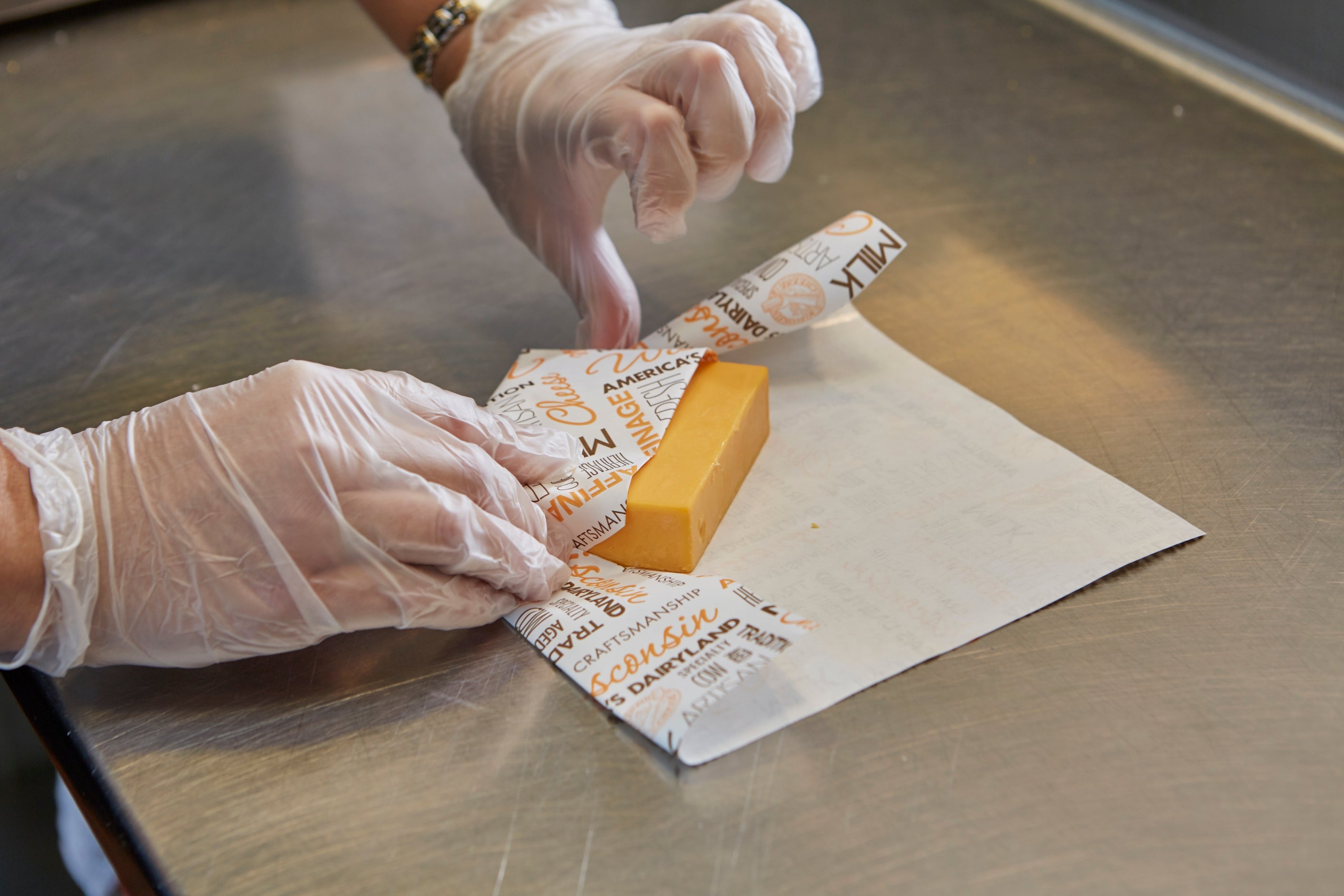Storing cheese properly after opening can help extend its shelf life and preserve its taste, texture, and quality. Here are some tips for storing different types of cheese:
Hard cheeses: Hard cheeses such as cheddar, parmesan, and gouda can last up to two to three weeks in the refrigerator if stored correctly. Wrap the cheese in wax paper or parchment paper and then in plastic wrap or aluminum foil. This will help to prevent the cheese from drying out and absorbing other flavors or odors in the fridge.
Semi-hard cheeses: Semi-hard cheeses such as Swiss, Havarti, and Colby Jack should be stored in a similar manner as hard cheeses. Wrap the cheese in wax or parchment paper and then in plastic wrap or aluminum foil. They can last up to one to two weeks in the refrigerator.
Soft cheeses: Soft cheeses such as brie, camembert, and goat cheese have a shorter shelf life and should be consumed within one week of opening. Wrap the cheese in wax or parchment paper and then in plastic wrap or aluminum foil. Store in the refrigerator, and make sure the cheese is not touching any raw meat or seafood to prevent contamination.
Blue cheeses: Blue cheeses such as Roquefort, Gorgonzola, and Stilton should be wrapped in wax or parchment paper and then in plastic wrap or aluminum foil. Store in the refrigerator, and make sure the cheese is not touching any raw meat or seafood to prevent contamination. Blue cheeses can last up to one to two weeks in the refrigerator.
Processed cheese: Processed cheese, such as American cheese and cheese slices, should be stored in the original packaging or wrapped in plastic wrap or aluminum foil. Store in the refrigerator and consume within one week of opening.
Storing cheese at the correct temperature is crucial for preserving its quality and flavor. Keep cheese in the main part of the refrigerator, which is typically between 33°F and 40°F. The door of the refrigerator is the warmest part and should be avoided for storing cheese.
It's important to note that once cheese has been opened and cut, it can no longer be considered "vacuum-sealed." The cut surface of the cheese is exposed to air and bacteria, which can cause spoilage and affect the flavor and texture.
If you have leftover cheese that you can't finish within a week, it can be frozen for up to two months. However, it's important to keep in mind that cheese may not have the same texture or flavor once it's been frozen and thawed. Hard and semi-hard cheeses freeze the best, while soft and blue cheeses may become crumbly and have a different texture after being frozen and thawed.
When freezing cheese, wrap it tightly in plastic wrap or aluminum foil, and place it in a freezer-safe container or plastic bag. Make sure to label the cheese with the type and date it was frozen.
In conclusion, proper storage of cheese after opening is key to preserving its quality, flavor, and texture. Wrap cheese in wax or parchment paper and then in plastic wrap or aluminum foil, and store in the main part of the refrigerator. Keep cheese away from raw meat or seafood to prevent contamination. If you can't finish the cheese within a week, it can be frozen for up to two months, but keep in mind that the texture and flavor may change.
Ksenia Sobchak
Cosmetologist/Dermatologist, Clinical Nutritionist – Central Saint Martins, BA (HONS)
Company: Glow Bar London
Address: 70 Mortimer St, London W1W 7RY
Website: https://glowbarldn.com/











Leave a comment